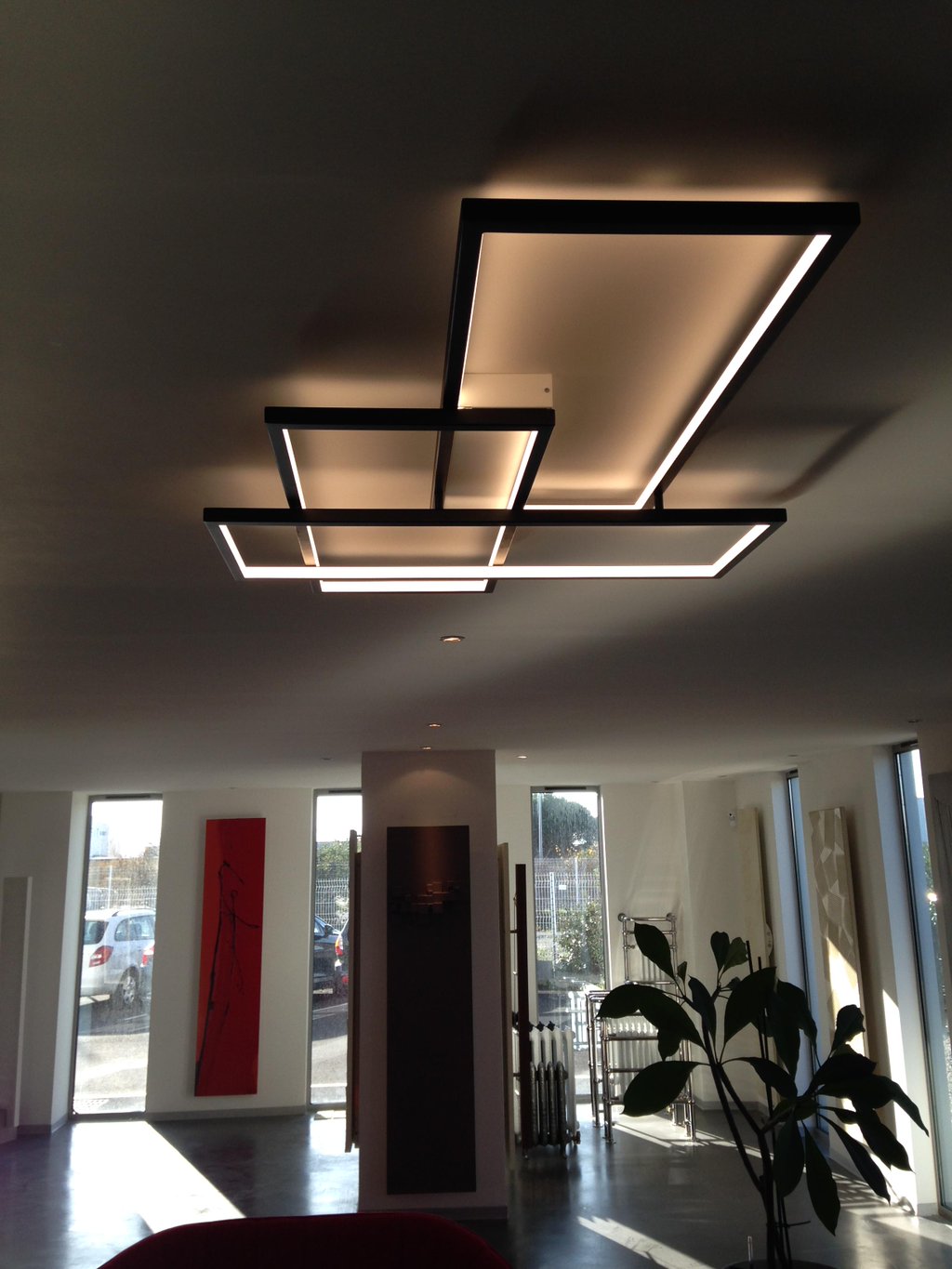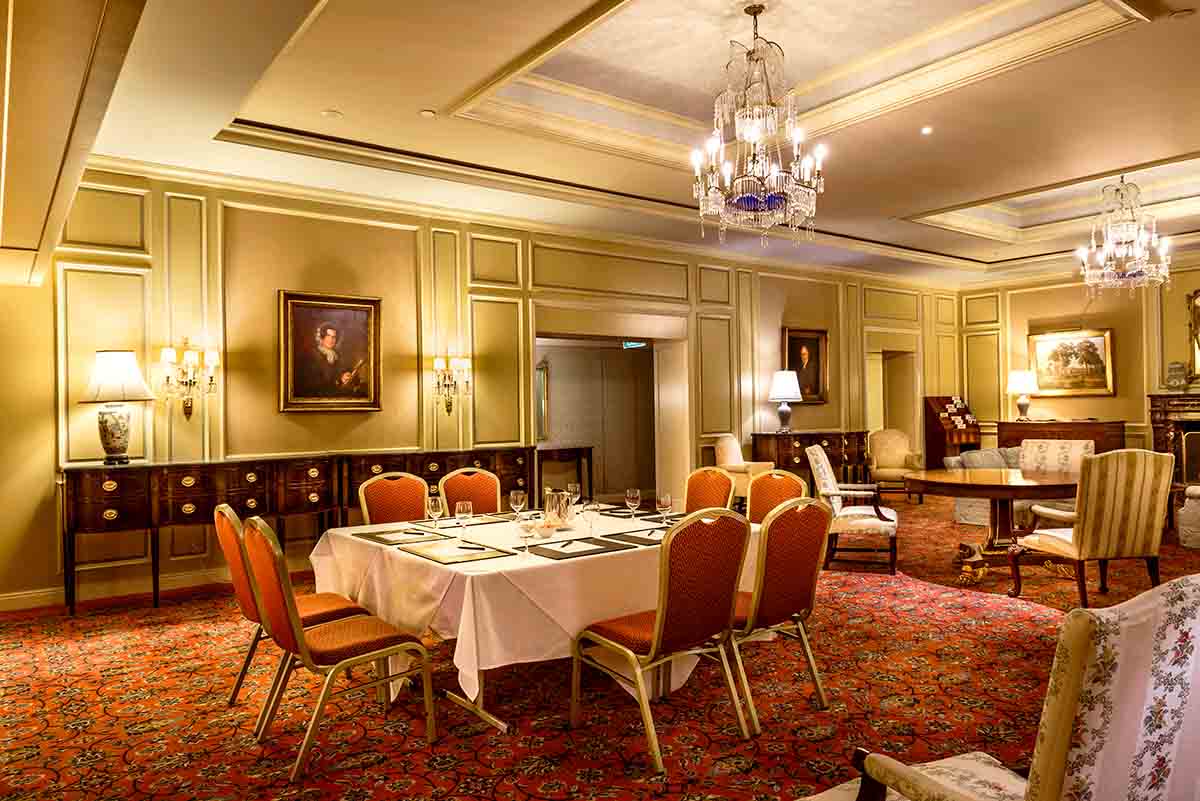Types of Lighting in House Design
When considering the design of a house, lighting is one of the most important elements that should be taken into consideration. Lighting makes the space warm and welcoming, while helping to bring your design vision to life. Although there are many different types of lighting, some key types are essential for the design of many unique art deco houses.
Accent lighting such as wall sconces, track lighting, and spotlights, is typically used to focus attention on particular features. Wall sconces can be used to highlight artwork, while track lighting can be used to highlight a series of items such as photos or artwork in a gallery wall. Spotlights can draw attention to interesting architectural features, such as a fireplace or built-in bookshelves. For a particularly striking effect, try using multiple light sources in a room to create interesting shadows and highlights.
Ambient lighting is the most common type of lighting used in art deco house designs. This type of lighting helps to make all areas of the room comfortable to be in. Task lighting is often used in combination with ambient lighting to create an even more inviting space. Task lighting can be used in the kitchen over countertops and prep areas, and in the living room to create more focused lighting over seating areas.
General lighting is typically used in larger rooms with high ceilings or large spaces with multiple living areas. This is a great way to provide complete coverage of the room and make it feel larger. In art deco houses, general lighting can provide a bright, airy feel that can help create the illusion of grandeur and sophistication.
How to Design with Lighting in a Home
Designing with lighting in a home can be an exciting and challenging process. It's important to take into account the size and shape of each room, the architectural features of the house, the amount of natural light, and the intended function of each area. Once these factors are considered, it's time to begin the process of selecting the appropriate fixtures and lamps.
For a traditional or modern art deco house, floor lamps, table lamps, and ceiling fixtures may be used to provide ambient and general lighting. For a more unique approach, try dangling a chandelier in the center of the room or adding recessed lighting to the ceiling. If you want to light up a specific area, such as the kitchen counter, a spotlight or track light may be appropriate. In bedrooms, wall sconces are a great way to light up corners without taking up too much space.
Once the fixtures and lamps have been chosen, it's important to consider the types of bulbs that will be used. Incandescent bulbs are the most common type of light, but energy-efficient LED bulbs are becoming increasingly popular in modern art deco houses. When choosing bulbs, it's important to select the correct wattage to ensure the fixture is bright enough for its intended purpose.
Lighting Design Techniques for Interior Designs
Lighting is an essential part of any interior design, and it can be used in a number of different ways to enhance the look of a house. Layering the lighting is one of the most effective techniques for achieving a dramatic effect. This involves using a combination of ambient, task, accent, and general lighting to create a beautiful space.
Another great technique is to create a focal point in the room with a unique or dramatic lighting fixture. Chandeliers, pendant lights, and sconces can be used to draw the eye to a special area of the room. For a more subtle approach, incorporate LED strip lights to highlight architectural features or add a soft glow to the room.
When creating a lighting design for an art deco house, it's important to consider the wall and ceiling surfaces. Sconces and recessed lighting can be used to create interesting shadows and highlights on the walls and ceiling, while up-lighting fixtures can be used to create a dramatic effect in large spaces such as great rooms.
Lighting Ideas for House Designs
When designing a house, the possibilities for lighting are endless. Creative lighting ideas can transform the space and create a unique atmosphere. This is particularly true for art deco houses, where different types of lighting can be combined to create a dramatic effect.
Using a combination of wall sconces, recessed lighting, and ceiling fixtures can create an inviting atmosphere. For a vintage vibe, incorporate classic filament bulbs to create a warm glow. If the room is larger than average or has a high ceiling, consider using a chandelier as the centerpiece. Uplighting can also be used to create an interesting effect on the walls and ceilings.
In contemporary houses, try combining a variety of fixtures to create a bold, eclectic style. LED strip lights are a great way to add a modern touch, while still keeping the space subtle and sophisticated.
Planning a Room's Lighting for a Home Design
When planning a room's lighting for a home design, it's important to think about how the space will be used. Task lighting, such as a desk lamp or overhead lamp, may be necessary if the space is used for studying or activities that require focused lighting. Ambient lighting is necessary for most living spaces, and it can be used to create a relaxed and welcoming atmosphere.
For art deco houses, accent lighting can be a great way to feature certain elements of the design. Track lights can be used to highlight a wall of artwork or bookshelves, while wall sconces can be used to draw attention to interesting architectural details. A unique lighting fixture such as a chandelier in the entryway can provide a dramatic contrast to an otherwise simple space.
Task Lighting in Home Design
Task lighting is essential for any home design, and it is particularly important in art deco houses. Task lighting is used to provide concentrated light in certain areas of the house, such as over the kitchen countertop or in an office. This type of lighting ensures that activities that require focused light, such as food prep or computer work, can be done efficiently and carefully.
Task lighting can be used in combination with other types of lighting, such as ambient or accent lighting. When selecting a task lighting fixture, it is important to choose an appropriate wattage that is not too bright or too dim. Directly-aimed fixtures are usually best for providing focused light over specific work areas.
Setting Moods with Lighting for House Designs
Lighting can be used to create a certain mood or atmosphere in a home. In a modern art deco house, it's possible to incorporate mood lighting throughout the space to create an inviting ambiance. Wall sconces with dimmers are ideal for providing soft, indirect light in bedrooms and living rooms.
For a more sophisticated feel, use accent lighting to highlight certain architectural features. Spotlighting artwork, sculptures, or bookshelves can create a dramatic effect, while track lighting can be used to focus attention on an interesting display or gallery wall.
When selecting lighting for a home, consider the types of bulbs that are used. LED bulbs are often the most energy-efficient choice, but traditional incandescent bulbs can create a warmer, more inviting mood. Experiment with different bulbs to see which ones create the desired atmosphere.
Understanding Basic Lighting Principles for a House Design
When designing a house, it is important to understand the basics of lighting design. It is important to think about how the space will be used and how much natural light will be available. The amount of natural light will determine the types and number of fixtures that will be needed to create the desired level of lighting.
To create a balanced lighting plan, it is important to consider the ratio of ambient light to task light. Ambient lighting is used to provide even lighting throughout the space, while task lighting should be used in specific areas to provide concentrated light for specific activities. Accent and general lighting can also be used to highlight certain features of the room or to create an inviting atmosphere.
Professional Lighting Design Tips for a Home
When choosing lighting for a home, it is important to consult a professional. Professional lighting designers can provide invaluable advice on how to create the right atmosphere for the space. They can also suggest innovative ideas that may not have been considered otherwise.
Professional lighting designers can also help take into account practical considerations, such as electrical systems and power load. This can be particularly helpful when selecting larger fixtures such as chandeliers or track lighting. They can also help to select the right wattage and bulb type for the fixtures.
Finally, professional lighting designers can be invaluable when it comes to custom designed lighting fixtures. They can provide advice on how to choose the right size, shape, and style of fixture in order to create a unique and beautiful effect.
Lighting Solutions for Difficult Home Design Situations
Sometimes, the design of a house can present difficult lighting situations that require creative solutions. For example, in spaces with high ceilings and large open areas, lighting can be difficult to manage and can create harsher shadows than desired.
In this type of situation, it can be helpful to layer the lighting in order to create a balanced environment. This can involve using up-lighting fixtures in the ceiling to provide less harsh shadows, combined with down-lighting from a chandelier or pendant fixtures to provide more focused light in certain areas.
In spaces with awkward shapes, track lighting or pendant lights can be used to draw the eye to the center of the room and create a more balanced feeling. These types of fixtures can also be used to highlight specific features, such as artwork or built-in bookshelves.
Best Practices for Lighting in House Designs
When designing a house, it is important to follow best practices for lighting in order to achieve the desired effect. Different types of lighting should be layered in order to create an inviting and comfortable atmosphere. Ambient lighting should be used to provide even light throughout the space, while task lighting should be used in specific areas for activities such as food preparation or studying.
Accent lighting should be used to highlight architectural features such as a fireplace or artwork. General lighting should be used in larger rooms with high ceilings or large spaces with multiple living areas. Finally, installing dimmers on fixtures and lamps can help to create the perfect lighting atmosphere.
The Benefits Of Lighting For House Design
 Home lighting design is a great way to spruce up and modernize your living space while adding a touch of personal style. There are numerous benefits to incorporating lighting into your interior design, both practically and aesthetically. From task lighting to
mood lighting
, lights can be used to highlight and define a room’s most special features. Let’s take a look at some of the ways lighting can improve the look and feel of a room.
Home lighting design is a great way to spruce up and modernize your living space while adding a touch of personal style. There are numerous benefits to incorporating lighting into your interior design, both practically and aesthetically. From task lighting to
mood lighting
, lights can be used to highlight and define a room’s most special features. Let’s take a look at some of the ways lighting can improve the look and feel of a room.
Task Lighting
 Task lighting is the perfect way to add practical
lighting solutions
to any room in the house. From under-cabinet lighting in the kitchen to bedside lamps for nighttime reading in the bedroom, having the right light fixtures in the right places make a huge difference when it comes to comfort, especially when combined with natural light.
Task lighting is the perfect way to add practical
lighting solutions
to any room in the house. From under-cabinet lighting in the kitchen to bedside lamps for nighttime reading in the bedroom, having the right light fixtures in the right places make a huge difference when it comes to comfort, especially when combined with natural light.
Mood Lighting
 On the opposite end of the spectrum is mood lighting, which is all about atmosphere and making a space feel cozy, inviting, and all around enjoyable. Pendant lamps, wall fixtures, floor lamps, and track lighting all play a role in creating ambience in any room. One tip for
house design
is to focus on adding personality through lighting. A choice of fixtures can not only change a room’s look, but can also create a more relaxed atmosphere, making it easier to entertain and enjoy time with family and friends.
On the opposite end of the spectrum is mood lighting, which is all about atmosphere and making a space feel cozy, inviting, and all around enjoyable. Pendant lamps, wall fixtures, floor lamps, and track lighting all play a role in creating ambience in any room. One tip for
house design
is to focus on adding personality through lighting. A choice of fixtures can not only change a room’s look, but can also create a more relaxed atmosphere, making it easier to entertain and enjoy time with family and friends.
Showcasing Special Features
 Lights can also be strategically placed to improve the visibility of certain interior design pieces. A living room’s focal point or an accent wall in the office, for example, can be lit up in order to draw attention to the details. Additionally, light fixtures can be used to highlight and showcase pictures, artwork, or memories around the house that may otherwise blend into the background without the right lighting.
Lights can also be strategically placed to improve the visibility of certain interior design pieces. A living room’s focal point or an accent wall in the office, for example, can be lit up in order to draw attention to the details. Additionally, light fixtures can be used to highlight and showcase pictures, artwork, or memories around the house that may otherwise blend into the background without the right lighting.
Energy Efficiency
 Last but not least, modern lighting is hugely efficient in terms of energy use. Smart bulbs are relatively affordable, and can be programmed to switch off after a certain period of time or when you turn off the living room lights as you head to bed. By including energy-saving lightbulbs, you can feel good about the money you are saving and the environmental effect of your actions.
Last but not least, modern lighting is hugely efficient in terms of energy use. Smart bulbs are relatively affordable, and can be programmed to switch off after a certain period of time or when you turn off the living room lights as you head to bed. By including energy-saving lightbulbs, you can feel good about the money you are saving and the environmental effect of your actions.
In Conclusion
 Incorporating lighting into house design can make a huge difference not just in terms of having an aesthetically pleasing home, but also as a practical tool to make life easier and less expensive. Home lighting design is all about making sure you have the right light fixtures in the right places, and making sure they add to the overall atmosphere of the home.
Incorporating lighting into house design can make a huge difference not just in terms of having an aesthetically pleasing home, but also as a practical tool to make life easier and less expensive. Home lighting design is all about making sure you have the right light fixtures in the right places, and making sure they add to the overall atmosphere of the home.


















































































































